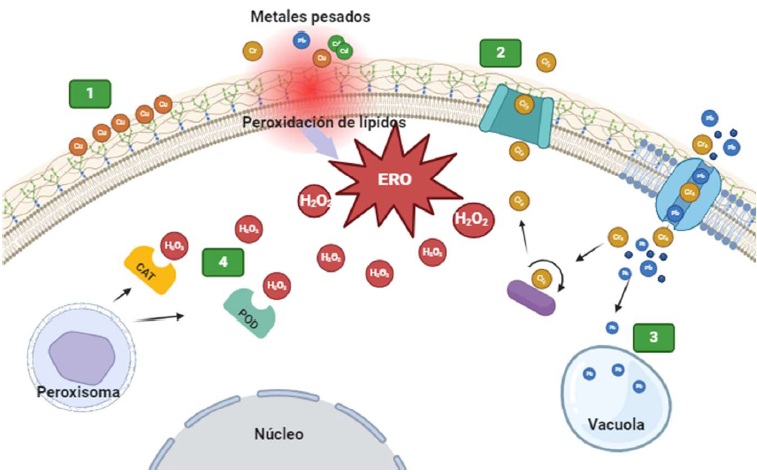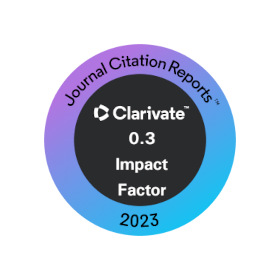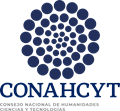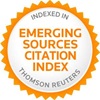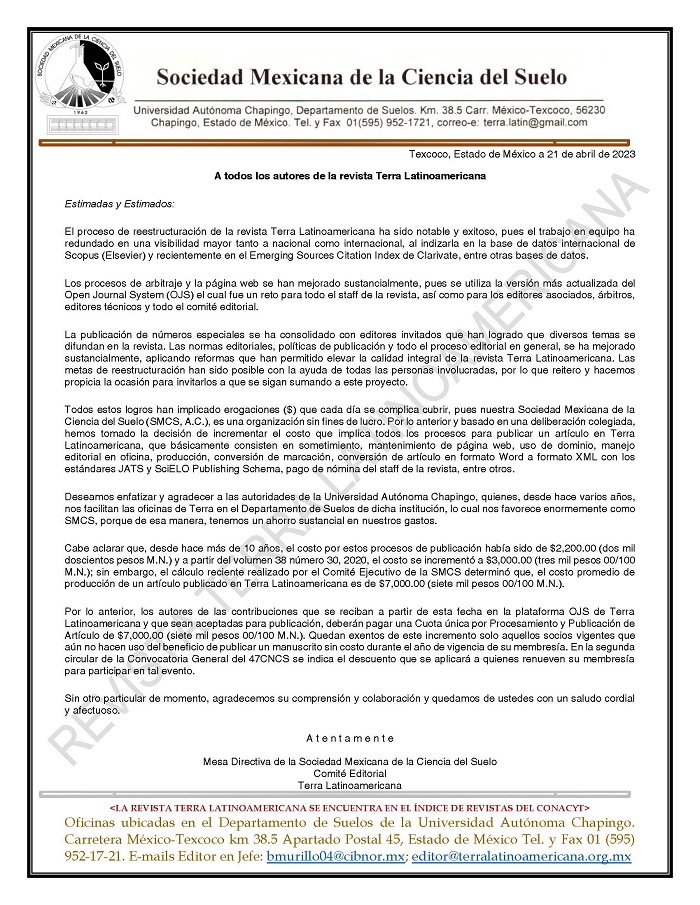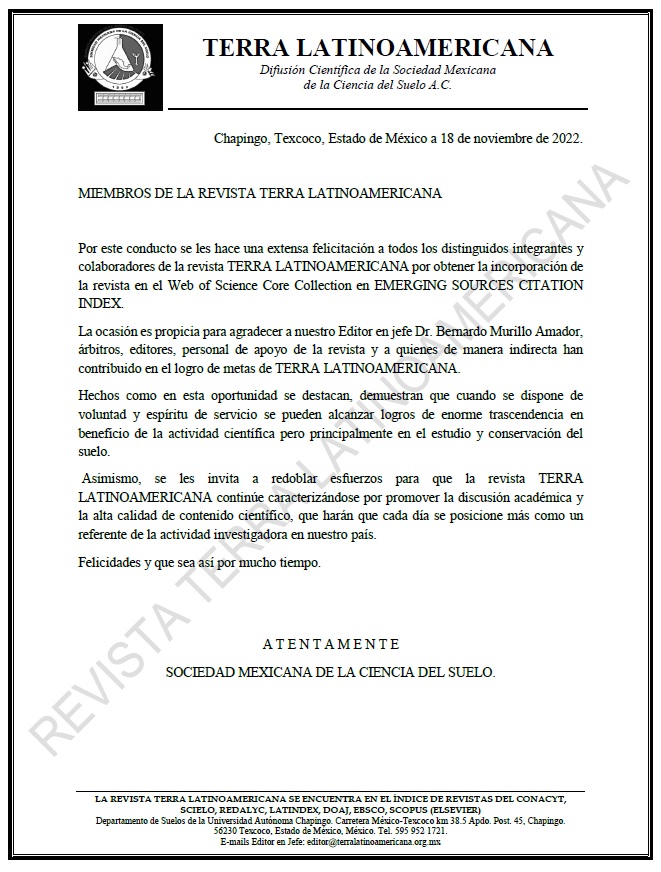Mechanisms of Tolerance and Antioxidant Response to Heavy Metals in Trichoderma: A Review
DOI:
https://doi.org/10.28940/terralatinoamericana.v43i.1999Keywords:
Bioaccumulation., biosorption, biotransformation, soil contamination, oxidative stress, fungiAbstract
Heavy metals (HM) are toxic to the microbiota of agricultural soils because they af fect the development of bacteria and fungi that promote plant growth and are agents of biological control of pathogenic organisms. In this regard, fungi of the genus Trichoderma have these functions in plants, but like other organisms, HM af fects their growth and biological activity. This article reviews the lithogenic and anthropogenic sources of generation of HM Cu, CrVI, Pb, and Cd, the tolerance mechanisms, and the antioxidant response to oxidative damage in Trichoderma caused by HM. It was identified that in some agricultural soils, the HM content increases mainly due to irrigation with wastewater and the intensive use of agrochemicals, such as pesticides and fertilizers. In Trichoderma, the tolerance mechanisms to Cu, CrVI, Pb, and Cd include biosorption, bioaccumulation, and biotransformation. In contrast, studies of
the antioxidant response of Trichoderma to oxidative stress caused by MP are scarce. In the case of Cu and Cr, a relationship between changes in antioxidant enzyme activity and a decrease in the oxidation of cell membrane lipids is reported. This represents an opportunity to understand the toxic ef fect of MP on fungi of the genus Trichoderma, which is part of the biotic soil community.
Downloads
Publication Facts
Reviewer profiles N/A
Author statements
- Academic society
- Terra Latinoamericana
- Publisher
- Mexican Society of Soil Science, C.A.
